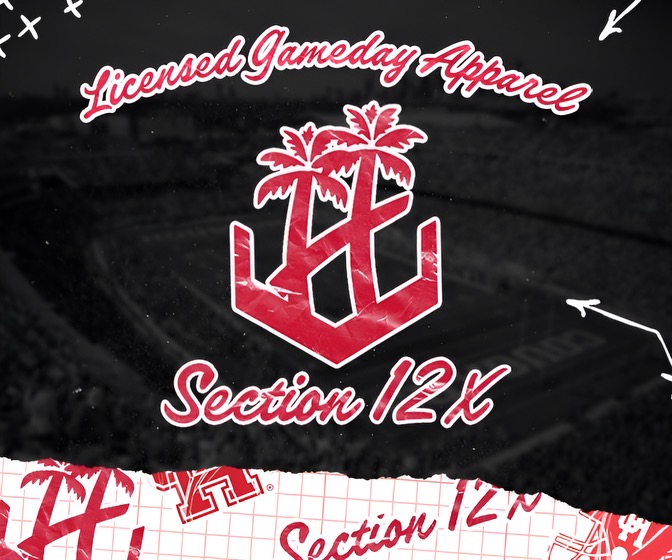The Cougars had the bases loaded with nobody out in the bottom of the 11th inning on Tuesday night against UTRGV. What happened next is one of the strangest plays in the history of baseball.
That’s not hyperbole.
UH hit into a triple play that went 3rd baseman to catcher to 3rd baseman to shortstop to second baseman. 5-2-5-6-4:
There’s no way this play should ever happen. Ever.
The batter was Jonathon Thomas. Thomas had eight plate appearances in 2020 before that one and he’d struck out in six of them. Thomas has hit only 5 balls into the outfield in the air in his entire UH career.
The only way Thomas has ever gotten on base by swinging the bat was on the ground and in the infield. Every single one of his hits has been an infield single.
On this play, any ball hit on the ground in the infield goes home immediately, right? So why is Thomas hitting there? But knowing basic analytics about Thomas, the runner on 3rd base should be looking for the ball on the ground and to run on contact.
The guy on 3rd base was freshman pinch-runner Dax Dathe. With any runner, 3rd base coach Sammy Esposito has to be in his ear reminding him about the likely situations and what his responsibilities are. Doubly true for a freshman. Third base coaches do this at every level – it’s t-ball level stuff.
There’s a force everywhere so Dathe has to go unless the ball is a liner. With the ball on the ground, he should have taken off for home immediately. There’s no excuse for going back to the bag. That’s a failure on Dathe’s part but it is absolutely on Esposito, too. Esposito looks stricken standing at 3rd base with his hands out in a “safe” motion.
The runner on second base, Steven Rivas, is also Esposito’s responsibility. He needed to go on contact, too. Instead, Rivas reads the runner in front of him. He has to know that he must go – he has to vacate the base. It is 7.5 seconds from the time the ball is hit until the force is applied at 3rd base. Unacceptable for Rivas to not be there. But strategically, Rivas is the least important of the three runners in the situation.
Senior Lael Lockhart is at first base and I have no idea how he is not standing on second base by the time the relay gets there. Dathe is a freshman and Rivas is a newcomer – and I’m not excusing either – but Lockhart is your senior leader and has to understand the situation. He has to be going on contact as well. But even if he didn’t go on contact, there was plenty of time from when he sees the ball fielded for him to get to second base.
Everyone involved went to sleep on the play. That’s the difference between a comeback, walk-off win and a horrible Q4 loss.
To review: UTRGV completed a triple play where:
- The guy that fielded it didn’t make an immediate out as almost always happens in a triple play;
- He threw to another base for the first out;
- After recording an out, the catcher threw it to the wrong guy (3B instead of SS);
- 3B dropped the damn ball;
- 3B soft tosses it to the SS standing on the bag for the second out;
- No one soft tosses in the middle of a triple play;
- The ball is relayed to second base for the third out;
- After being fielded, the ball had to travel 270 feet for the play (usually 180′ or less); and
- The play took 8.5 seconds to complete.
There aren’t any college baseball stats for this so I’ll use MLB to illustrate how ridiculous this play was. There have been nearly 4,000,000 innings pitched in MLB history. And not in 144 years and 219,000 games has a team ever completed a 5-2-5-6-4 triple play.
This was a breakdown of coaching, strategy, fundamentals, and basic baseball knowledge. It would be one thing if this were a one-off happening but those breakdowns have been evident all season (and through much of last year). This was a failure in fall ball and spring practice, in situational awareness, and for not finding a better option for the at-bat.
Todd Whitting did not put his team in a position to succeed and the players were not ready when the ball hit the bat.


